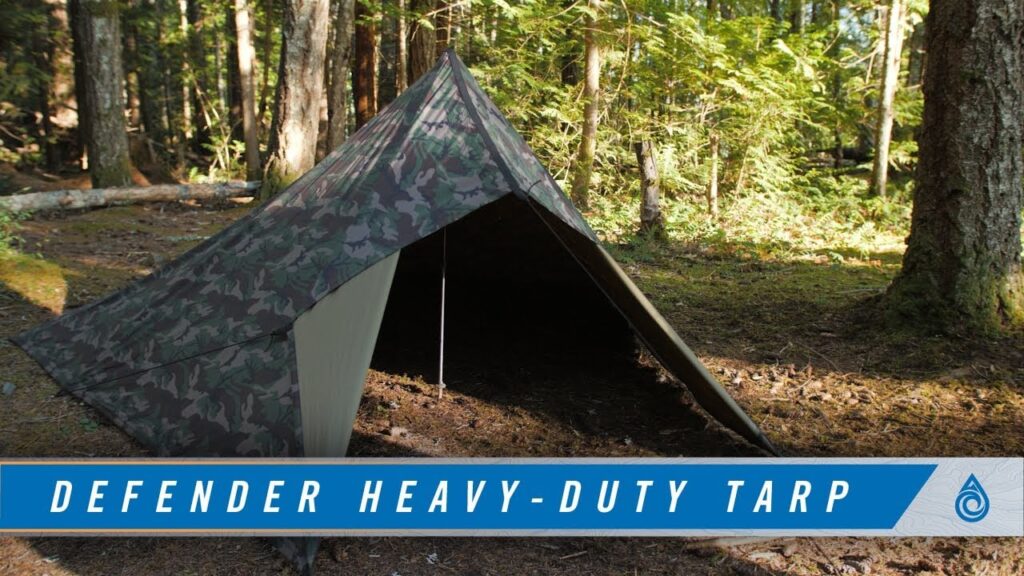What Is a Tarnplanen?
A tarnplanen is a camouflage tarp designed to provide visual concealment while also offering protection from weather conditions such as rain, wind, and sun. These tarps come in various patterns, sizes, and materials, making them suitable for a wide range of outdoor activities. Whether you’re camping in the woods or setting up a tactical hideout, a helps you stay undetected and sheltered.
Why Use Tarnplanen? – Benefits and Applications
1. Concealment in Natural Environments
One of the primary functions of a tarnplanen is to offer camouflage. The color patterns—such as woodland, desert, or digital camouflage—blend into different terrains, helping users remain hidden from view. This is especially useful for:
-
Wildlife photographers
-
Military or tactical operations
-
Hunters and survivalists
2. Weather Protection
A quality also acts as a protective shield against harsh weather. It keeps rain off your gear, provides shade under the sun, and blocks wind during cold nights.
3. Versatile Outdoor Shelter
Tarnplanen can be used to create makeshift tents, bivouac shelters, windbreaks, or even ground covers. They’re lightweight, portable, and easy to set up.
Key Features to Look
When choosing, there are several important features to consider:
1. Material Quality
The best tarnplanen are made from durable, tear-resistant fabrics such as polyester or nylon. A waterproof coating, like polyurethane (PU) or PVC, ensures protection from rain.
2. Camouflage Pattern
Choose a pattern that matches your environment. For forests, woodland or leaf patterns work best. For desert areas, opt for tan or sand-colored prints. The better your blends in, the more effective your concealment.
3. Size and Weight
Should be large enough to cover your gear or provide shelter, but not so bulky that it becomes difficult to carry. Ultralight tarps are best for hikers, while larger tarps suit base camps or group shelters.
4. Attachment Points and Reinforcement
Look for reinforced edges and strong eyelets or grommets. These make it easier to tie your tarnplanen securely and prevent tears in high-stress areas.
How to Use in the Field
1. Setting Up a Camouflaged Shelter
Using natural terrain features like trees or rocks, set up your tarnplanen in a way that blends with the surroundings. Avoid flat surfaces—slight angles reflect less light and make you harder to spot.
2. Layering for Better Concealment
Combine your tarnplanen with natural elements like leaves, branches, or grass. This enhances the camouflage and helps break up the tarp’s outline.
3. Securing
Use ropes, bungee cords, or paracord to fasten the trees, poles, or stakes. Ensure it’s taut to prevent flapping in the wind, which can attract attention.
Care and Maintenance Tips for Tarnplanen
1. Cleaning Your Tarnplanen
After each use, clean your damp cloth to remove dirt, sap, or debris. Avoid using detergents or bleach, as these can damage the waterproof coating.
2. Drying and Storage
Always allow your tarnplanen to dry completely before storage to prevent mold and mildew. Store it in a dry, cool place—preferably in a breathable bag.
3. Inspect Regularly
Check for tears, loose eyelets, or delamination. Minor damage can be repaired with patch kits or strong adhesive tape designed for outdoor gear.
Popular Uses for Tarnplanen Beyond Camping
Though often associated with camping and hunting, have many creative applications:
-
Emergency shelters in disaster-prone areas
-
Vehicle or equipment cover in off-grid settings
-
Concealment during airsoft or paintball games
-
Fishing or birdwatching blinds
-
Outdoor events needing temporary cover
Choosing the Right Tarnplanen for Your Needs
Every activity has its own demands, so select your tarnplanen accordingly:
-
Backpacking/Hiking: Go for lightweight, compact tarps (approx. 2×3 meters)
-
Survival/Long-term Use: Choose rugged, waterproof tarps with reinforced edges
-
Military/Tactical Use: Opt for IR-reducing materials and complex camo patterns
Always test before heading out to ensure you’re comfortable with setup and breakdown.
Environmental Considerations
Modern tarnplanen are often made with eco-friendly coatings and recyclable materials. Be mindful not to damage natural areas while setting up your tarp. Always pack out what you bring in and practice Leave No Trace principles.
Conclusion: Tarnplanen as a Must-Have Outdoor Tool
Whether you’re a hunter, survivalist, hiker, or outdoor photographer, a reliable is an essential tool for blending in and staying protected. With the right choice of material, pattern, and proper usage, your tarnplanen can serve as both a tactical asset and a practical shelter. Invest in a good-quality tarp, take care of it, and it will serve you for years in even the harshest outdoor conditions.






